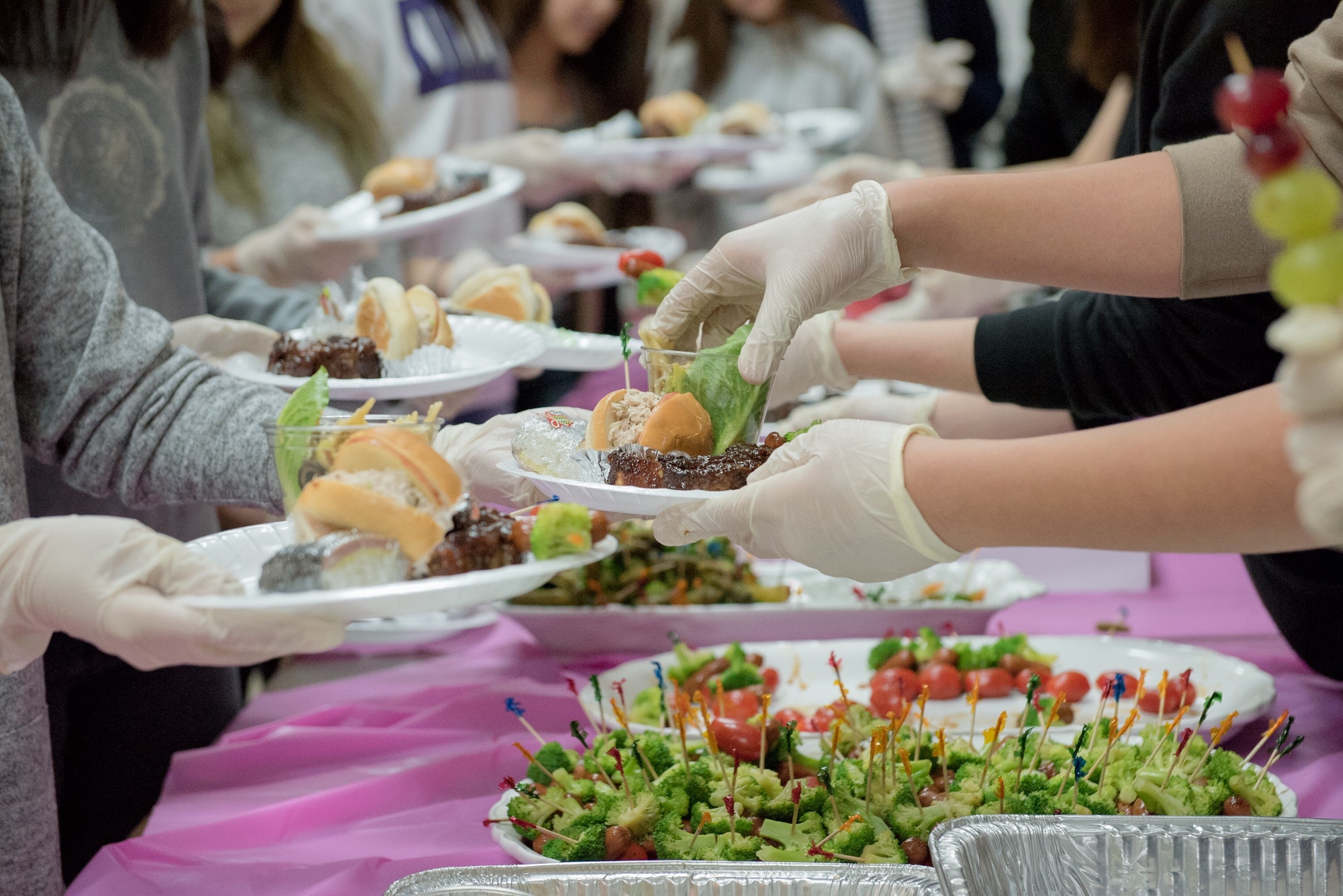4 Ways to Optimize Holiday Volunteers

Over 30% of annual giving occurs in November and December. With Thanksgiving and Christmas being right around the corner, you might already be planning your year-end donation campaigns. Although some people will give money to their favorite nonprofits (we are sure you already know what you’re going to do with your donor’s money) but, what if they choose to give something else? Their time. Do you know how to get the most benefit out of the time that they volunteer?
There is something about the holiday season that inspires people to give back. Whether that’s giving back to their communities, to people they know, or to complete strangers, it’s dubbed the season of giving. It’s up to you to provide the opportunity, either monetarily or through volunteering.
For the sake of this article, we’ll be focusing on volunteering. Most nonprofits can make use of volunteers for the majority of the year, but they’re needed even more at the end of the year during the last big push and the holidays. Volunteers can provide necessary relief for your employees, which allows your employees to focus on vital end-of-year actions by taking some of the more trivial, but essential, tasks off of their shoulders. Don’t have employees? Then volunteers are even more crucial to the success of your nonprofit…and your lower stress level. Here are some things to consider in order to make the most out of Christmas volunteers when they are already eager to give.
Volunteers come in all shapes, sizes, and numbers. For this reason, it’s vital that you have a job in mind for each type of volunteer for your given project. This means having plans for people who come to volunteer in groups, come as individuals, or decide to tag along with their parents. What types of jobs need to be done? Groups can pack or mail boxes or make food. Individuals can make phone calls to donors or sort mail. Children can gather light supplies, like toys for toy drives. Figure out what needs you have for your specific project and delegate. When doing so, be sure to consider the time it takes to complete each task, especially if your city has any capacity restrictions. Volunteering is a social experience, and that needs to be taken into account when allotting the time needed to complete the project. People can’t help if they, or you, don’t know what needs to be done or how long they have to do it.
Now that you know what needs to be done, who is going to do it? Don’t think too hard about this one. Whether or not you know it, you already have a volunteer database right at your fingertips. This comes in the form of your board of directors and donors. Both groups of people already like the nonprofit and its mission, which is proven by the time and/or money they’ve already donated. These are the people who will be your nonprofit’s greatest advocates to expanding your volunteer availability. Say there are 100 people between the two groups. If they each told one person, you’ve just doubled your volunteers.
Wanting to still expand your horizons for recruitment? Never underestimate the power of social media. This can come in the form of reaching out to your existing followers or even using the platform to contact local businesses and/or church groups looking for that end-of-year volunteer project to join.
The last thing you want is for someone to be volunteering for your organization and not know why. You may be asking, “Wait…how would that happen?” Remember what we said earlier? Volunteering is a social experience, and many people volunteer in groups. This can result in one or two people in that group not knowing who you are. By sharing your nonprofit’s mission, you not only inform those new to you but also remind the volunteers who already know you of why they’re there helping you instead of being elsewhere. It renews their inspiration to give back and to help your organization succeed. If done well, this can even result in people wanting to volunteer again.
Everyone knows how important it is to thank your donors. However, they are not the only relationship your nonprofit needs to worry about maintaining. Your volunteers are helping your nonprofit succeed in ways that are invaluable by freeing up time, money, and resources you otherwise wouldn’t have. It’s vital that they know that. Hand written notes, greeting cards, or emailed messages go a long way in making someone feel like their efforts were valued. You can even take some pictures and post them on your Facebook page. Don’t allow people to volunteer without letting them know how their time impacted your organization for the better.
Volunteers are often times the unsung heroes of a nonprofit organization. Whether it’s year-round or during the holiday season, they are more often than not the key in helping your organization thrive. While this year has forced nonprofits to reconsider what a volunteer experience looks like, the basics are still the same. Find the joy in the season by giving the opportunity for others to give back with you.
Article Information Source:
https://www.signupgenius.com/nonprofit/nonprofit-christmas-volunteering-tips.cfm
who subscribe to our free, email newsletter. It’s information that will empower your nonprofit!
Comments (1)
Comments are closed.

Very informative article clearly written